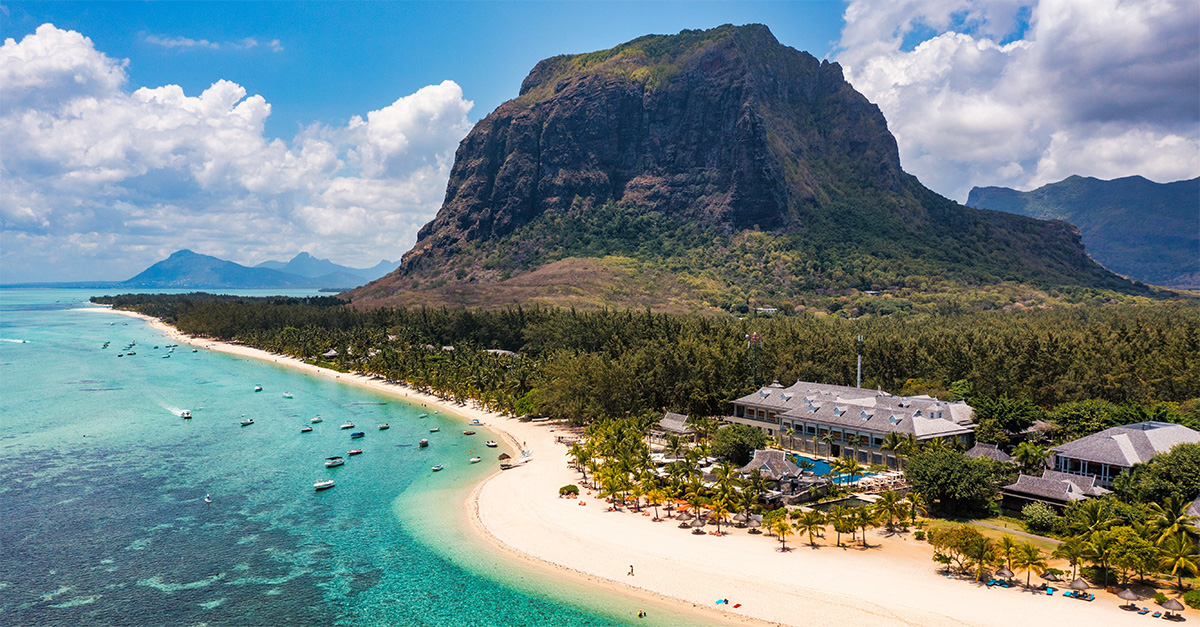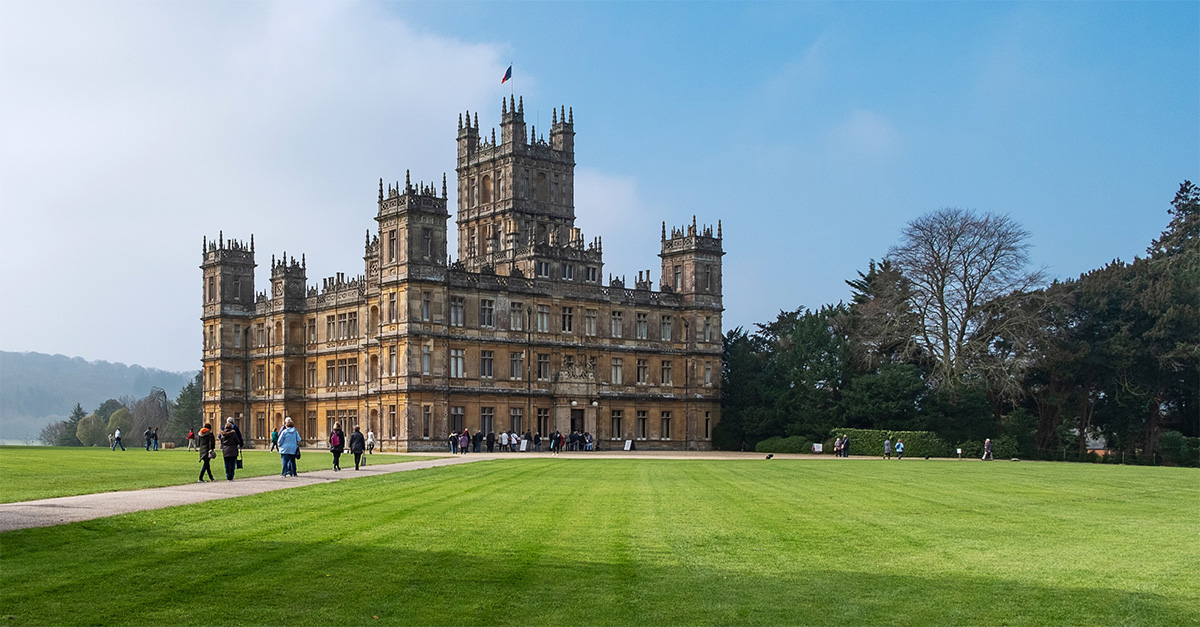We don’t need a second warning from our guide Keenan when he says: “Stay very still”.
Up ahead, partially hidden by trees, we can see a large, grey shape. An elephant is crossing the path in front of us, but we don’t give chase. When you’re on safari on foot, it’s a good idea to keep a safe distance from the larger animals.
Walking safaris aren’t really about ticking off the big five. Save all that for the safety and speed of a vehicle. The real benefit of a walking safari is total immersion. As we tramp, single file, through the scrub of Zambia’s South Luangwa National Park, bookended by Keenan and a park ranger carrying a large gun, we are suddenly very aware of our small size and lack of teeth and claws.
But we also realise being low to the ground and slow-moving can be a luxury – we stop to study elephant prints, jackal dung (white from all the bones they chew), a hippo skull, and the huge, strange fruit of the sausage tree.
For those who love lists, there is even a small five to look out for – would the elephant shrew, leopard tortoise, rhinoceros beetle, ant lion and buffalo weaver please stand up?
Big game
Zambia doesn’t fall down when it comes to traditional game viewing. The day before our morning walk we enjoy a triumphant game viewing session – it feels like four of the big five are throwing themselves into our path.
A hippo stands snoozing by the watering hole, a blanket of Nile cabbage and a white egret on its back. A herd of big, male buffalo stomp and scrape and shake their horned heads, but after all their bluster, slowly retreat. A family of elephants amble in and out of the thorn bushes and mopane trees, one tiny baby jogging to keep up with his mother.
Two lionesses cross our path on their way to drink. Keenan, with 27 invaluable years under his guiding belt, heads for a hidden spot where, sure enough, we find a large male guarding its kill.
Nip Nose – his ragged nostril illustrating his name – is obviously hungry. After an hour of pacing and snorting, he cracks, and starts eating the impala.
And leopards – there are leopards galore. We spot one snoozing on the branch of a tree. Entirely unfazed by our presence, she can just summon the energy to open those piercing eyes for a moment or two, twitch her tail, and then sleep again. Another is razoring through impala skin with her curving incisors as we approach.
And the big five isn’t the be all and end all. Munching away like a teenager with a chewing gum habit, a fine example of the indigenous and very rare Thornicroft’s giraffe gives us a somewhat aloof stare, before continuing to strip an acacia tree.
Like groups of teenage models, huge-eyed and slim-limbed, impala bolt at the last moment from under the wheels of the vehicle, bouncing their bottoms – etched with a fine, black McDonalds-like M – high into the air.
A pair of warthogs struts at great pace, puffed with self-importance, like middle managers late for a meeting, and stately spiral-horned kudu pace the prairie.
There are birds too, from leggy, elegant crowned cranes to flocks of tiny, darting carmine bee-eaters. Even in camp, we can sit on our terrace and watch zebra graze as a family of baboons play, fight and play-fight through the long, hot afternoon.
Fun afloat
Zambia has a huge amount of variety. In addition to walking safaris in the South Luangwa, the Lower Zambezi is ideal for water-based activities.
The river, slow and vast here, brings plenty of game, especially in the dry season. Herds of elephant line the banks, and families of hippos float with their heads and nostrils above water until a boat gets too close and pop, they disappear beneath the surface.
The waters are full of tiger fish – vast things with pointy teeth – that guests can go fishing for. It’s peaceful to sit with the early morning sun glinting off the river, rod in hand, waiting for a bite.
The peace turns to excitement when a bite comes – a sharp tug on the line, and then I’m wrestling as hard as I can with what turns out to be a 9lb monster. With considerable help from our guide Elijah, from the Sanctuary camp Zambezi Kulefu, I land the fish.
In the afternoon, we head out canoeing. Piloted by the guides, the canoes manoeuvre effortlessly through the water, the tranquillity only broken by lumbering buffalo on the banks, or the call of wading birds.
Victoria Falls
It isn’t all about the animals. Zambia’s most famous sight of all is pure H2O. Victoria Falls doesn’t do this breathtaking torrent justice. The local Tonga name is more fitting – Mosi-o-Tunya means ‘the smoke that thunders’. And, boy, does it ever. Even in the dry season, it’s a stunning sight.
Visitors can fly over it, walk alongside it or even swim in it, at Livingstone’s Island. At this spot – where David Livingstone apparently became the first European to ever see the falls – clients can go to Devil’s Pool, swim around and sit on a ledge directly above the falls – not one for the fainthearted!
We also cruised along the Zambezi above the falls from our camp, Sussi and Chuma. You can spot game on the banks, and we pitched up on one of the islands in the river for sundowners – a magical experience.
Sample product
Virgin Holidays offers a six-night Zambia Wildlife Flying Safari, including scheduled flights with Virgin Atlantic from Heathrow to Johannesburg with an onward connection to Livingstone. The package includes overnight accommodation at Sussi and Chuma Lodge, Puku Ridge Camp and Zambezi Kulefu Camp, on an all-inclusive basis, with game drives and transfers. Prices starts at £3,445 per person twin-share and are based on selected departures from December 17-31. vhols4agents.co.uk, 0844 557 3982
Abercrombie & Kent offers a nine-day itinerary with three nights at Puku Ridge and two each at Kulefu and Sussi and Chuma, from £4,730 per person twin-share, including return economy flights, transfers, full-board accommodation and game drives. abercrombiekent.co.uk, 0845 618 2212




